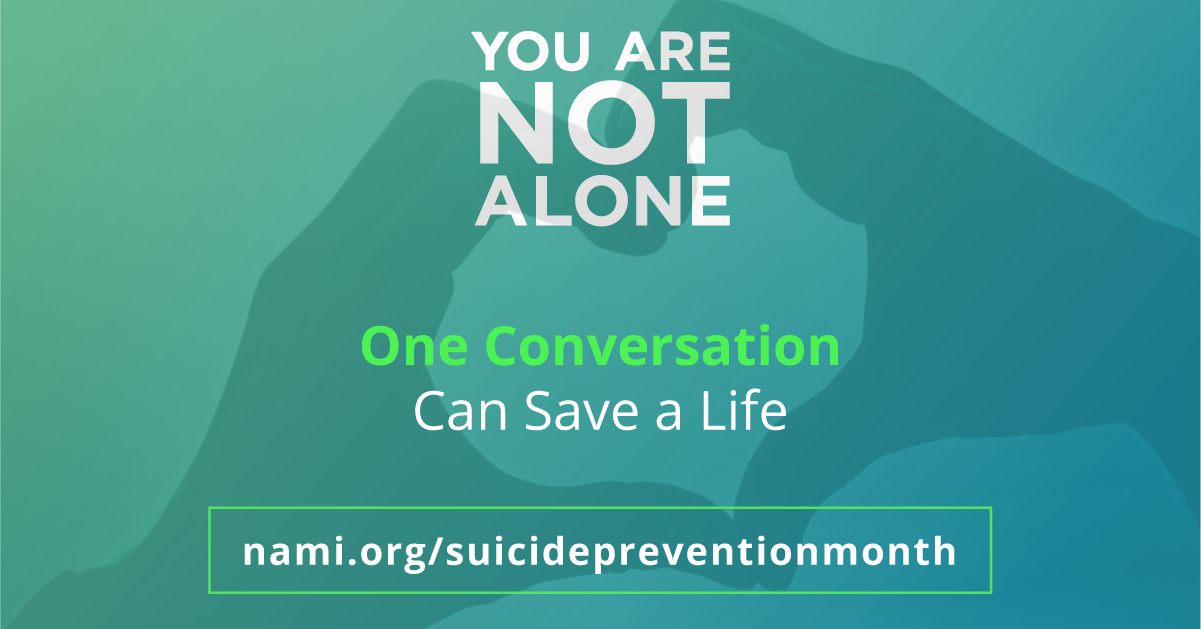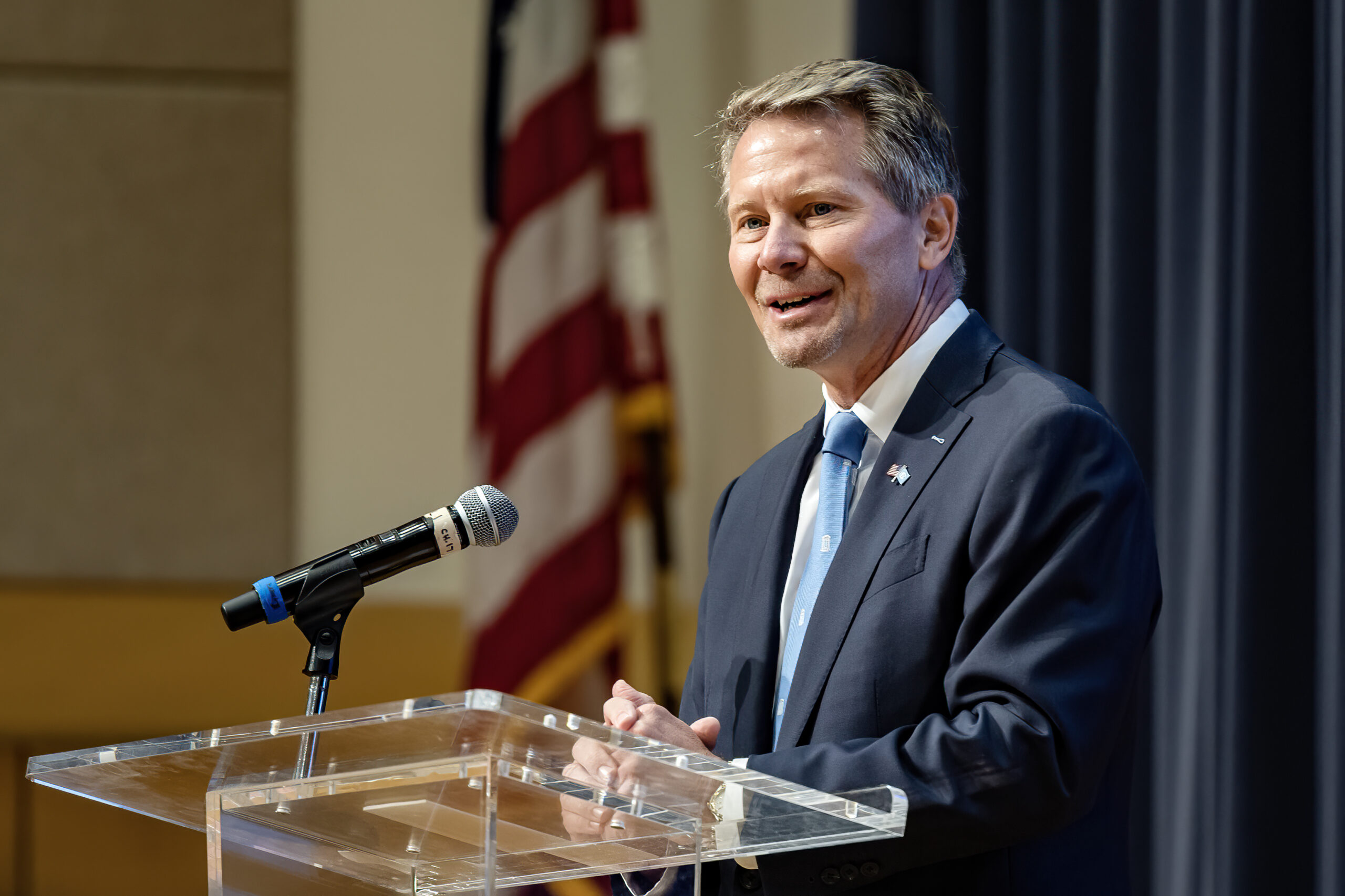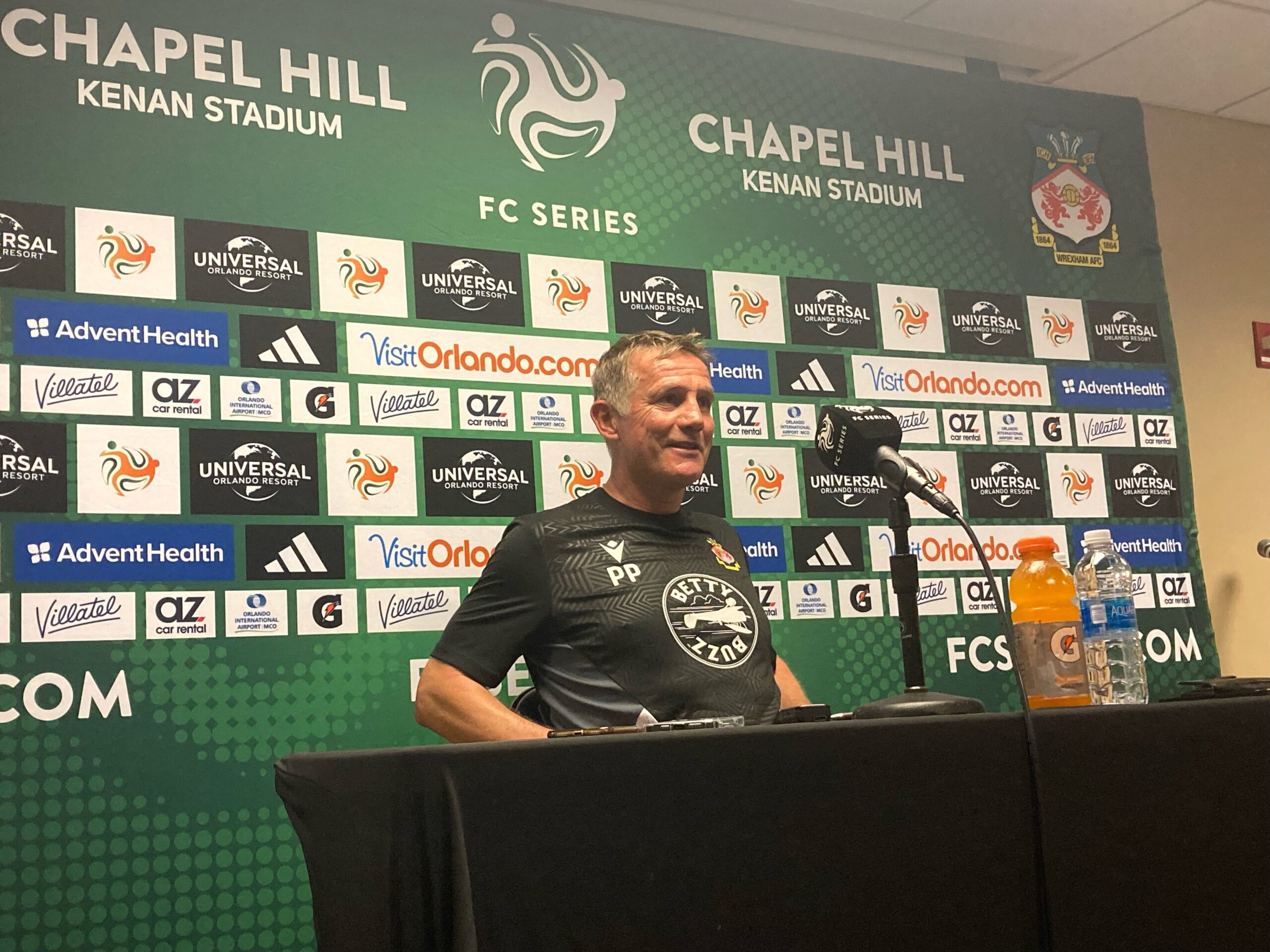September is National Suicide Prevention Awareness Month—a time to share resources and stories in an effort to shed light on a highly taboo and stigmatized topic.
Dr. Christina Cruz is a UNC Child and Adolescent Psychiatrist whose research focuses on mental health and education.
She said while approaching stigmatized topics like suicide can be extremely uncomfortable, it’s necessary. Suicide is the second leading cause of death for people ages 10 to 34. This means opening up a conversation and checking in with your loved ones about their mental health is critical – even from a young age.
“I think, especially when hard things come up, it’s easy to hope that they’re going to get better without intervention,” Cruz said. “It takes a brave person to be able to check in and ask and take action because it’s going to be uncomfortable, but that could really make the difference.”
Cruz said checking in with someone who is experiencing a mental health crisis does not mean you need to have all the answers. She said there are resources available to help you help others.
One resource locally and nationally is NAMI – the National Alliance on Mental Illness. NAMI is the nation’s largest mental health organization dedicated to building better lives for the millions of Americans affected by mental illness – and they have a chapter right here in Orange County.
Cruz said resources like NAMI are important to the “team approach” needed to support the growing number of people in crisis.
According to the CDC, suicide rates have increased by 30 percent since 1999. Nearly 45,000 lives were lost to suicide in 2016 alone. Cruz said comments or thoughts about suicide — also known as suicidal ideation — can begin small, but over time these thoughts can become more explicit and dangerous.
“It’s an incredibly serious problem,” Cruz said. “Just talking about teens, it’s the second leading cause of death. This is not something that just happens for some kids. Most recent CDC data has about 1 in 5 kids seriously contemplating it and a little under 1 in 10 attempting [suicide]. It just speaks to the prevalence if you think about it – in a classroom of 20, you might have expected two kids to have seriously attempted suicide.”
Research has found 46 percent of people who die by suicide had a known mental health condition. Several other factors that may put a person at risk include a family history of suicide, substance abuse, a history of trauma or abuse and prolonged stress.
Throughout the pandemic, Cruz said many children and adolescents are now facing more of these risk factors – which may exacerbate existing mental illness and amplify suicidal ideation. She said these issues are even further intensified by the drastic change in school settings. Without the usual in-person social interaction, Cruz said more responsibility is falling on educators to care for the well-being of their students.
“Virtual teaching and adjusting all of the skills you’ve gained over the years is very stressful,” Cruz said. “Plus, that person [the teacher] continues to be one of the key people in a child’s life. So, it can be as simple as an email check-in or pass-off to a school social worker saying ‘hey I’ve noticed this child isn’t coming [to class]’ or ‘I’ve noticed this child hasn’t had the camera on’ – I think that at least gets the ball rolling.”
Cruz said advocating for education, awareness and community conversation are all steps in the right direction when it comes to destigmatizing mental health issues and helping others receive proper treatment – but there is still more work to be done. While it’s a great to have a whole month dedicated to suicide awareness and prevention, Cruz said these conversations need to be had year-round.
“I think it takes stuff like this interview, and talking about it on the radio,” Cruz said. “It takes having library events. It takes folks wanting to read more about it. It takes surviving families who are courageous enough to talk about it – to talk about it in a way that seems human and real. So, to the extent that folks are able to connect, I think it starts small but it can really lead to big things.”
To find more resources on suicide awareness and prevention, visit the National Alliance on Mental Illness’s website.
Lead photo courtesy of NAMI.
Chapelboro.com does not charge subscription fees. You can support local journalism and our mission to serve the community. Contribute today – every single dollar matters.












